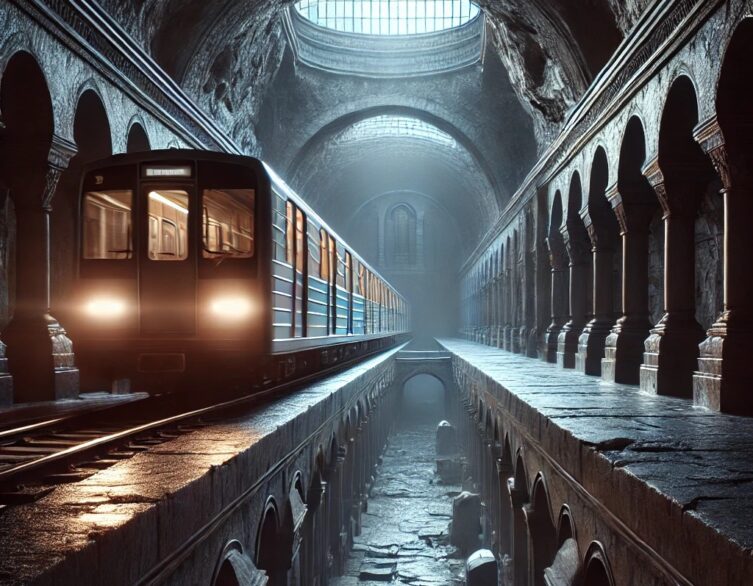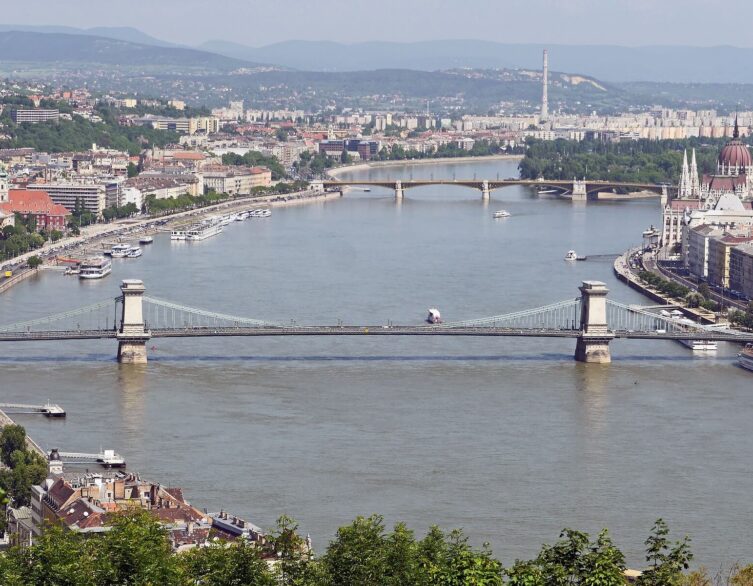The Crypts Beneath Budapest: Uncovering the City’s Hidden History

Budapest is a city steeped in history. From the grand architecture of the Parliament Building to the iconic Chain Bridge spanning the Danube, the city’s rich past is evident at every turn. However, some of Budapest’s most fascinating historical treasures lie hidden beneath the streets, waiting to be discovered.
In recent years, construction projects throughout the city have uncovered several crypts, offering glimpses into the lives of those who once called Budapest home. These underground tombs hold the remains of individuals from various periods, each with their own unique stories to tell.
The latest crypt to be discovered lies beneath the Metro station at Kálvin Square. During the construction of the M4 metro line, workers stumbled upon a previously unknown burial site located under the local Reformed church. The crypt, which dates back to the 19th century, contains the earthly remains of more than seventy prominent citizens of Pest, the eastern part of Budapest.
Among the individuals interred in the Kálvin Square crypt is Pál Almási Balogh, a renowned physician who served as the personal doctor to both Lajos Kossuth, the leader of the Hungarian Revolution of 1848, and István Széchenyi, a prominent Hungarian statesman and reformer. Almási Balogh is also credited with introducing homeopathy, a form of alternative medicine, to Hungary.
Best deals of Budapest
The discovery of the Kálvin Square crypt is just one example of the many historical treasures waiting to be uncovered beneath Budapest’s streets. In the past, construction projects have revealed crypts near other metro stations, such as the Klinikák station, where the remains of wealthy patients from nearby hospitals and clinics were found during the renovation of the M3 metro line.
These discoveries serve as reminders of the countless lives that have been lived in Budapest over the centuries. Each crypt tells a unique story, offering insights into the city’s past and the individuals who shaped its history. From prominent figures like Pál Almási Balogh to the countless unnamed individuals whose remains lie in these underground tombs, the crypts beneath Budapest are a testament to the city’s rich and varied history.
As construction projects continue throughout the city, it is likely that more crypts and historical sites will be uncovered, providing even greater insights into Budapest’s past. These discoveries not only enrich our understanding of the city’s history but also serve as a reminder of the importance of preserving and protecting these valuable cultural heritage sites.
In conclusion, the crypts beneath Budapest’s streets are a fascinating and often overlooked aspect of the city’s history. From the recently discovered burial site at Kálvin Square to the many other crypts that have been uncovered over the years, these underground tombs offer a unique window into the lives of those who once called Budapest home. As the city continues to grow and evolve, it is crucial that we continue to uncover and preserve these historical treasures, ensuring that the stories of Budapest’s past are not lost to time.
Image source: BKK Facebook Page
Related news


















